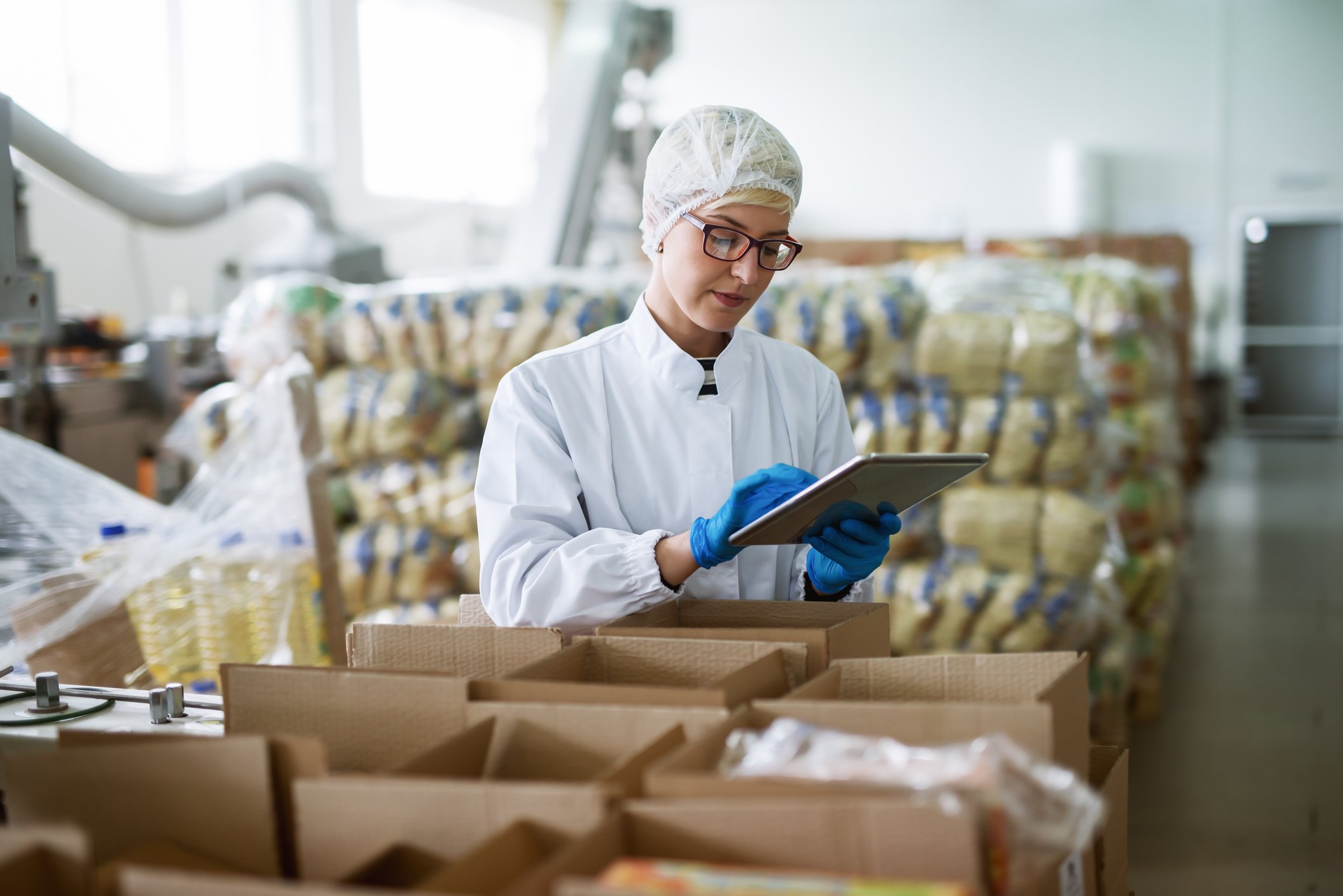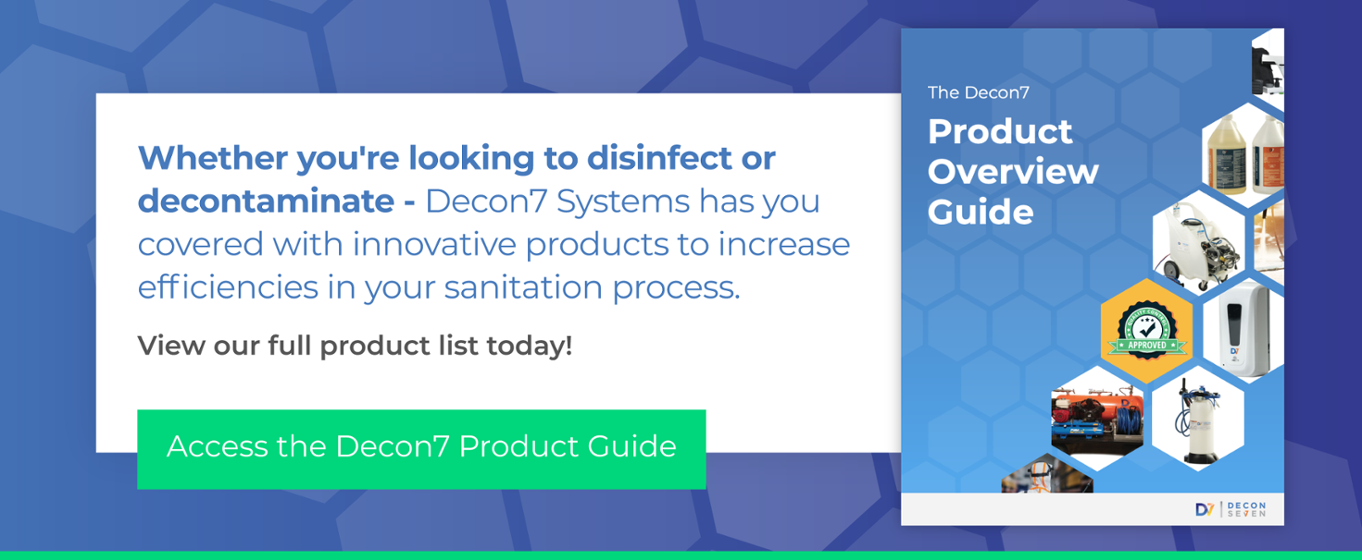
Effective cleaning and sanitation in food production facilities is critical for protecting both consumer health and your brand. Fortunately, outbreaks that result from poor sanitation are preventable with the help of good systems and the right products. Implementing sanitation solutions that work starts with understanding the basics.
Clean First, Sanitize Second
The words “clean” and “sanitize” are often used interchangeably, but they have important differences. In a food production environment, it’s important to understand these distinctions and to use the appropriate terminology. Cleaning is the removal of gross debris, dirt, grease, and other soils, while sanitation is the removal of pathogens—bacteria, viruses, fungi—to an acceptable, safe level. When sanitizing is the goal, cleaning must always happen first because many sanitizers (bleach, for example) are less effective on dirty surfaces.
Use TACT and Everybody WINS
“TACT WINS” is a commonly used acronym to describe the basics of sanitation solutions. It refers to
Time
The amount of time a sanitizer stays on a surface is critical. If it’s on a surface too long, it could dry and make the surface dirty again. If the time on the surface is too short, it might not effectively remove pathogens.
Action
Some products require scrubbing or mechanical action to penetrate biofilms.
Concentration
Achieving the correct concentration through proper dilution of cleaning and sanitizing chemicals is critical for their effectiveness.
Temperature
Some products do not perform well outside of a specific temperature range. If you can’t control the temperature in the facility, make sure the products you choose are effective at the ambient temperature.
Water
Water is used at various steps in the cleaning and sanitizing process to remove gross soils, dilute detergents, and rinse sanitizers. Water hardness can impact the efficacy of cleaning and sanitizing products
Individual
People play an integral role in effectively employing sanitation solutions through training, correctly using PPE, participating in process development, and so on.
Nature
The types of food being produced will inform the selection of cleaning and sanitizing products and the procedures followed.
Surface
Equipment surfaces—steel, aluminum, plastic, rubber, etc.—can be affected by cleaners and sanitizers.
All of these factors play a role in determining which products and procedures should be used in a given facility. There is no single solution that works in every case, so start with this acronym to narrow your options.
Written Sanitation Solutions and Monitoring Programs
In addition to using the right products, a comprehensive sanitation program will include written protocols and training to ensure that all staff are well-versed in the products and processes to apply them. Monitoring programs should include testing to confirm that pathogens have been reduced to safe levels, and clear record-keeping for future reference.
Decon7 Sanitation Solutions
D7 is a cleaner and sanitizer with detergents in the formulation to penetrate soils so the hydrogen peroxide-based disinfectant can remove pathogens. The NSF-certified nonfood compound uses a mild formula that is safe for people to use and does not damage equipment or surfaces. It is also easy to apply with equipment that blends the formulation at the right concentrations during the application process, whether it is being applied as a foam, liquid spray, or fog. D7 also works with no mechanical action required, which saves countless hours of manpower by eliminating the need to scrub every square inch of food production areas—just spray every surface, leave it on for the recommended time, and rinse with potable water.
To learn more about D7 and the various types of equipment you can use to apply it, download our Product Overview Guide today.

